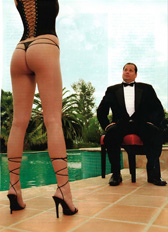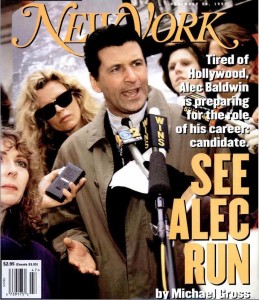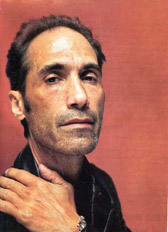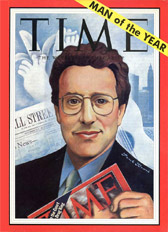It took two members of the eminent art journalism squad at the New York Times to write today’s story on the sudden and as-yet-unexplained resignation of Getty museum director Michael Brand. Toward the end, they veer into a brief review of power struggles at museums like the Getty where leadership is split between directors (in charge of art) and administrators (in charge of everything else). That veers quite close to inaccuracy — or to be more polite, a typical Times gloss on the true history of New York’s Metropolitan Museum, which the paper’s culture editors apparently find too messy to be fit to print. In an awkward passage, the paper reports that former Metropolitan Museum director Philippe de Montebello “was said” to have been uncomfortable in just such a position in the 1980s and 1990s until the museum’s president, William Luers, retired in 1999. Typically, the real story, unreported by the Times, is much, much better. To summarize the fascinating tale, which is told in great depth in Rogues’ Gallery, Montebello was outraged by the diminution of his job from the moment he won it in 1977, refused to speak to or attend meetings with the first president he worked with, the late William Macomber, got along only marginally better with Luers, got some of the director’s traditional power back in 1998 when Luers was replaced by David McKinney, and was only given full charge of the museum, with the president reporting to him, when the current occupant of that post, Emily Rafferty, got it in 2005. An irony: back in the day, it was largely the unfettered and fiercely independent reporting on the museum by the Times (then run by A.M. Rosenthal), which led the museum’s board to cut down the director’s job. But those were different… times. UPDATE: Judith Dobrzynski of Real Clear Arts points out that she wrote a far more candid Times story about Montebello and Luers eleven years ago. Different times, too.










